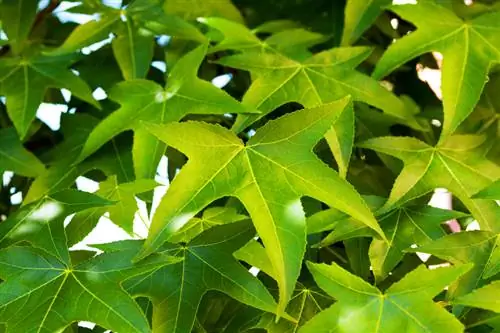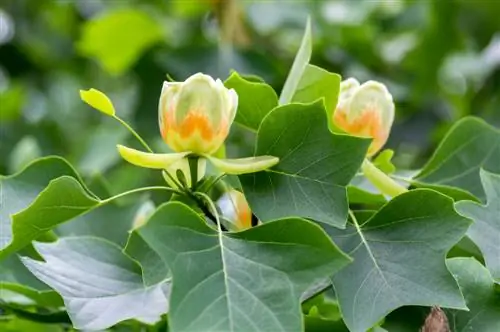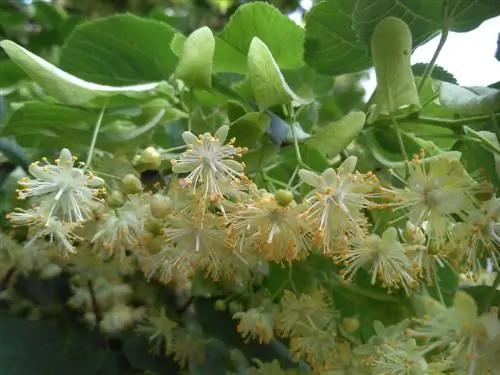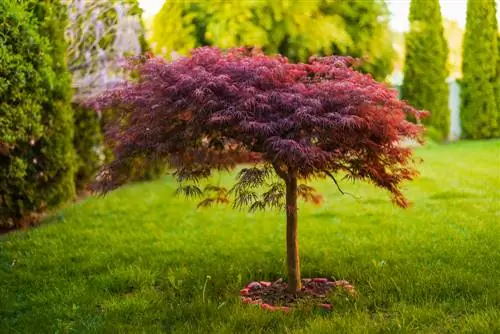- Author admin [email protected].
- Public 2023-12-16 16:46.
- Last modified 2025-06-01 06:02.
Even at a young age, when grown as a bonsai, it seems ancient. The sweetgum tree has its rustic bark to thank for this. But not only these aspects, but also other aspects make it an ideal bonsai within the witch hazel family.
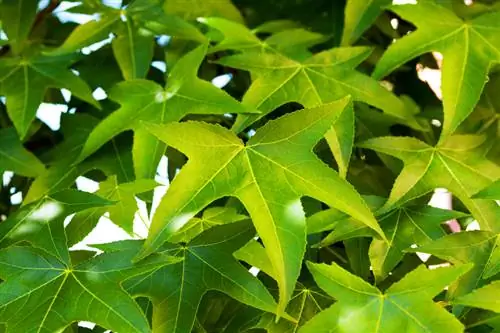
What are the special features of a sweetgum tree bonsai?
A sweetgum tree bonsai impresses with its autumn color, cut tolerance, robust bark and diverse styles. An outdoor bonsai is ideal, planted in loose, acidic and nutrient-rich bonsai soil. Care includes regular watering, fertilizing, repotting and possible wiring.
Characteristics that speak for this bonsai
Here are the benefits of the sweetgum tree as a bonsai:
- great autumn colors (orange, yellow, red, violet to purple)
- easy to cut
- well-proportioned
- beautiful leaf shape
- early bark with thick cork strips
- suitable for many styles
- not susceptible to diseases or pests
- fast growth or weak growth depending on the variety
The perfect location
Have you decided on the sweetgum tree as a bonsai? Then you should choose the right location now! Basically, this is an outdoor bonsai. It should be placed in a sunny to partially shaded location. His expressiveness comes into its own best when standing free!
Conventional bonsai soil meets the requirements of this plant. What is most important is that the soil is loose, rather acidic and nutrient-rich. Also make sure that excess irrigation water can drain away unhindered!
What care is necessary?
Care must not be neglected when cultivating bonsai! Sweetgum trees have relatively high demands:
- Keep soil moist
- water about every 1 to 2 days in summer
- water sparingly in winter
- Fertilization between May and the end of August
- fertilize every 2 to 3 weeks
- Bonsai fertilizers are well suited (€4.00 on Amazon)
- Repot every 2 years and cut back the roots
Growing this bonsai from seeds
You can start small by growing this bonsai from seeds. The best time for sowing is in spring or autumn. The seeds are covered thinly with soil and kept moist.
After the seeds have germinated and young plants have emerged, you can cut the shoots at any time during the growing season between May and September. Wiring is possible between June and the end of July - if necessary.
Tip
This bonsai should be overwintered from October onwards. Temperatures between 5 and 10 °C are ideal. Alternatively, you can bury the bonsai outside over the winter and provide some protection.

